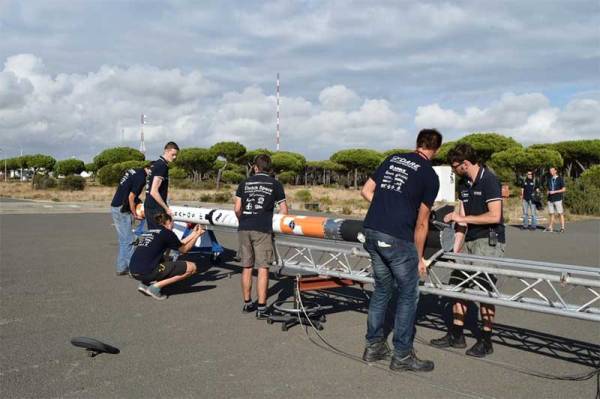We wrote about the Delft Aerospace Rocket Engineering (DARE) project recently: a group of students at Delft Technical University who are trying to launch a rocket to 50kM, breaking the European amateur rocketry record. Now, the group is close to their latest launch attempt, which is scheduled to take place from their launch base in Spain between the 14th and the 20th of October.
Launch preparations are underway, with the team working through a 10,000 point pre-launch checklist. Last year, their launch failed because of a leaking valve, but the amateur engineers have just successfully completed a pressure test using inert gas, so they are confident that this problem won’t happen again. They are offering a live video feed of the launch (embedded below), and will be regularly updating their twitter feed as they prepare. We wish them the best of luck.
Continue reading “DARE To Fly: Live Coverage Of A 50KM Rocket Launch”




 For resistors, you’ll also have to reckon with temperature dependence as well as the same range of piezoelectric and inductance characteristics that capacitors display. Worse, resistors can display variable resistance under higher voltages, and actually produce a small amount of random noise:
For resistors, you’ll also have to reckon with temperature dependence as well as the same range of piezoelectric and inductance characteristics that capacitors display. Worse, resistors can display variable resistance under higher voltages, and actually produce a small amount of random noise: 













